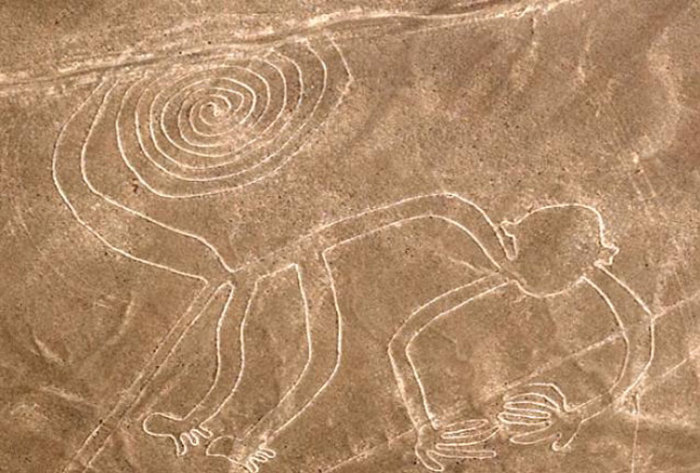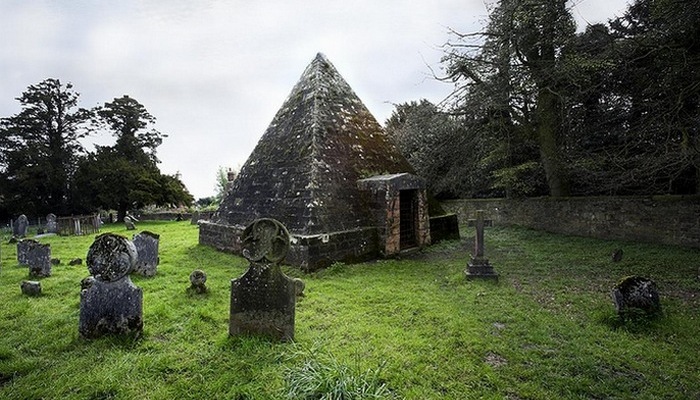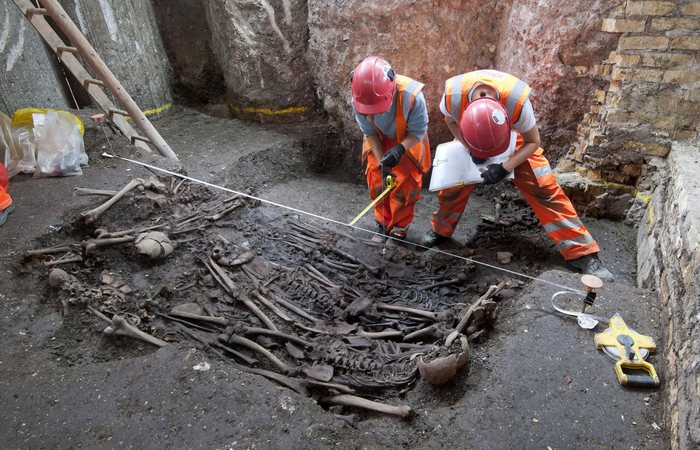key was never
Decorations of Neanderthals, figurines from Ghana and other ancient art objects, which pushed for scientific discoveries
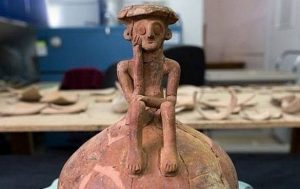 People just need food, air, water and creative expression. And so, judging by the findings of archaeologists, it was even millions of years ago. Perhaps some works of art created by our distant ancestors seem naive and ridiculous, but still archaeologists believe that Neanderthals had a subtle sense of fashion, ancient artists took the risk to create their paintings, and at least one ancient musical instrument used in our day.
People just need food, air, water and creative expression. And so, judging by the findings of archaeologists, it was even millions of years ago. Perhaps some works of art created by our distant ancestors seem naive and ridiculous, but still archaeologists believe that Neanderthals had a subtle sense of fashion, ancient artists took the risk to create their paintings, and at least one ancient musical instrument used in our day.
1. Neanderthals used “wearable sequins”
Several discoveries in Spain show that Neanderthals were much more advanced than previously thought. The first such discovery was made in 1985 in Cueva de los Aviones, a cave in Murcia. There, archaeologists discovered a bunch of holed shells, which, according to them, tens of thousands of years ago were strung on a string and worn as a necklace. Continue reading
What treasures of the Inca came to our time, and where is the lost “golden” city of Paytiti
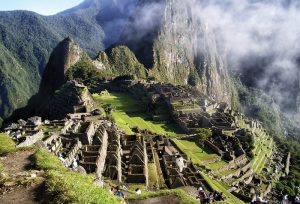 The legend of Eldorado, having arisen once, does not cease to inspire the whole world for all sorts of searches, including creative ones. Fascinating books and films are created about the mythical country filled with gold, and expeditions are again and again equipped to find treasures that once existed. Meanwhile, evidence has been preserved that the land where the gigantic riches of the past Inca Empire exist is indeed somewhere in the depths of the South American forests.
The legend of Eldorado, having arisen once, does not cease to inspire the whole world for all sorts of searches, including creative ones. Fascinating books and films are created about the mythical country filled with gold, and expeditions are again and again equipped to find treasures that once existed. Meanwhile, evidence has been preserved that the land where the gigantic riches of the past Inca Empire exist is indeed somewhere in the depths of the South American forests.
Inca and Conquest Riches – Spanish Conquest
The Inca Empire originated in the 11th century and was the largest state in South America. It united the Indians over a large area – from the modern city of Pasto in Colombia to the Maule River in Chile; at the end of its existence, the empire covered an area of up to two million square kilometers. The capital was the city of Cusco, according to legend, built by the first Inca – the founder of the state of Manco Capac. Continue reading
Skulls with patterns and other mysteries of the ancient Turkish city of Gobekli Tepe, which became an archaeological sensation
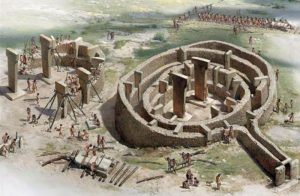 The place where the ruins of Gobekli-Tepe are located first came to the attention of scientists back in the 1960s. However, at first almost no one paid attention to the archaeological find. Only at the turn of the XX-XXI centuries, the scientific community recognized the great importance of this temple complex, which harbors many mysteries and makes rethink the whole history of mankind.
The place where the ruins of Gobekli-Tepe are located first came to the attention of scientists back in the 1960s. However, at first almost no one paid attention to the archaeological find. Only at the turn of the XX-XXI centuries, the scientific community recognized the great importance of this temple complex, which harbors many mysteries and makes rethink the whole history of mankind.
1. The scale of construction causes only guesswork.
For a long time nobody knew about Gobekli-Tepe. Nearby residents, who plowed up a field here and grew oats, continually cleaned the stones that prevented them, did not even suspect that in this way they destroyed the upper part of the temple, built back in the Stone Age.
Near the round-shaped sanctuary, archaeologists have discovered several smaller structures. Since there are no signs that the people lived here, the buildings were most likely intended for rituals. Continue reading
